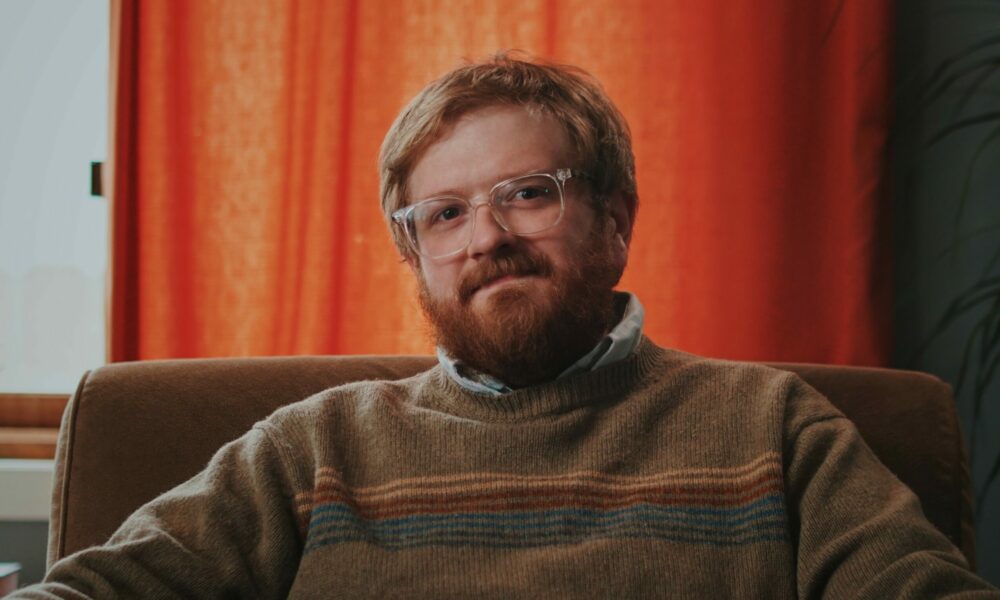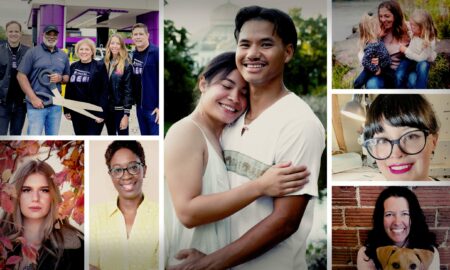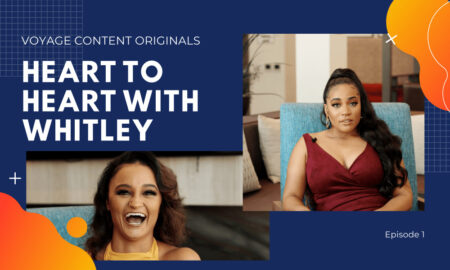

Today we’d like to introduce you to Justin Ayd.
Hi Justin, it’s an honor to have you on the platform. Thanks for taking the time to share your story with us – to start maybe you can share some of your backstory with our readers?
I was six or seven years old when I knew I wanted to become a filmmaker. In many ways, I am lucky to have known my career path from an extremely young age. Growing up, I was laser focused on visual storytelling, and would try to fit in my interest in filmmaking into all aspects of my life, particularly school. Book report? Let’s find a way to make that into a video. Science class? Let’s make a mini-movie focused on tornados. Social studies class reporting on the films “The Gods Must Be Crazy Part I & II? Let me recruit my classmates to make “The Gods Must STILL Be Crazy.”
There’s a universal aspect to falling into this line of work. Living and breathing movies. At the time, our local movie theatre of choice was Willow Creek Cinemas located in Plymouth, just outside of Minneapolis. I recall my fascination with the person upstairs pushing the film out onto screen. A number of years later, into my teens, I began working at Willow Creek Cinemas with the goal to become the projectionist. In 2003, shortly before I graduated high school, I began running films, all the way through the digital cinema revolution in 2012.
Then in 2015, after 13 years with Willow Creek Cinemas, I was hired as the Walker Art Center’s Film Specialist / Projectionist. I’ve now worked for the institution for 7 years. Echoing what I stated earlier, I’m extremely lucky and privileged to be in the position of having two simultaneous careers: film specialist/projectionist, filmmaker.
Growing up, my eye was of course set on narrative features, however, over time I’ve landed in the world of documentary. In fact, it was 10 years ago this month that I set on course to create my first documentary short. The film, “The Man in the Booth“, focused on Union trained projectionist—and my Jedi master—Dave Hilsgen at the beginning of the end for 35mm motion picture film across the country.
From there, ideas blossomed for other documentary subjects, including our short-doc “Grandpa Ben” about local artist Benjamin Vickery. Though we’re on hiatus still from the pandemic, my wife and I are in the middle of creating our first feature documentary “Knife River“, a fly on the wall look into the intersecting lives of ordinary people that form the extraordinary community of Knife River, Minnesota —located roughly 20 miles north of Duluth, Minnesota.
Beyond the feature project, I’ve created micro-documentaries featuring child cancer patients—and their families—for Leukemia & Lymphoma Society for the last seven years, the world’s largest non-profit blood cancer research organization. Additionally, during the 2020 Bernie Sanders campaign I created pieces that spread quickly across social media – notably, ‘When We Come Together, We Win’ focusing on Bernie’s New York rally, and ‘Medicare for All: The Relentless Fight’ featuring my wife Jenn discussing her experience with the blood cancer Hodgkin’s Lymphoma and the healthcare system.
We all face challenges, but looking back would you describe it as a relatively smooth road?
The game of filmmaking has changed quite a bit over the years, but it’s always going to change, right? That’s technology. Anyone with a cell phone can create a film. If you have an understanding of light, composition, a strong story and you know how to assemble the visuals with an appropriate sprinkling of nuance and emotion, the tool at your disposal doesn’t particularly matter. I’m a firm believer in that. The caveat of course being: what does your story dictate? I’m also coming from a place of having just toured the world with a short 5-minute film about my dearly departed cat Hugo. The entire film was shot on an iPhone, without any upgrades or recording modifications.
Looking at the distribution side, social media is both a blessing and a curse. Blessing because it’s easier to push out projects like never before, a curse because there’s likely too much. Something like 30,000 hours of new material is uploaded to YouTube every hour. We’re in this moment of time of experimenting like never before, but if you’re looking for an outlet and that outlet is to create something silly and fun, your self esteem can be knocked down easily by a self destructive troll.
The road is never smooth, and thankfully it’s not. We need to make mistakes.
Thanks for sharing that. So, maybe next you can tell us a bit more about your work?
Like most artists, you are your biggest critic, and you should be. I’m proud of everything I’ve worked on over the years, but at this moment in time, I’m focused on documentary. It is through my documentary work with the Leukemia & Lymphoma Society that I’ve been honored with a nomination for Man of the Year 2022. We’re just at the beginning of our campaign, raising $50,000 for blood cancer research. Considering my background, we’ll be hitting this campaign hard with micro-documentary work, talking with people from all walks of life that have been affected by blood cancer.
More information can be found at www.eos-mn.org
Are there any important lessons you’ve learned that you can share with us?
I’ve learned to trust my instincts. It’s important to surround yourself with people that will both lift you up and leave you intense criticism. It’s all in the name of love, all sides.
Contact Info:
- Email: [email protected]
- Website: www.eos-mn.org
- Instagram: instagram.com/enginesofsolidarity

Suggest a Story: VoyageMinnesota is built on recommendations from the community; it’s how we uncover hidden gems, so if you or someone you know deserves recognition please let us know here.











